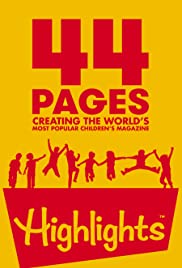
A portrait of Highlights Magazine following the creation of the cultural phenomenon’s 70th Anniversary issue, from the first editorial meeting to its arrival in homes, and introducing the quirky people who passionately produce the monthly publication for “the world’s most important people,”…children. Along the way, a rich and tragic history is revealed, the state of childhood, technology, and education is explored, and the future of print media is questioned.
You May Also Like
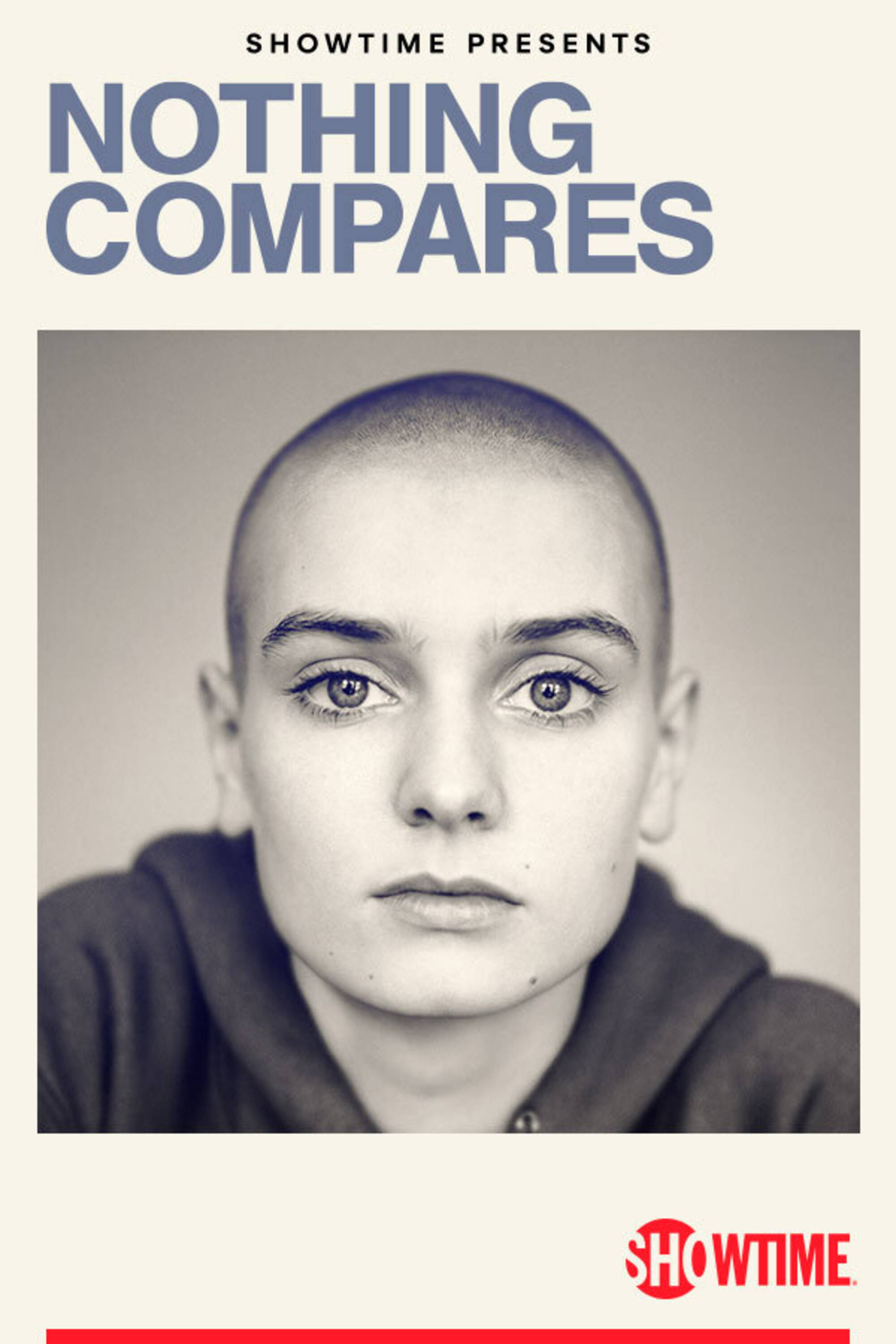
Since the beginning of her career, Sinéad O’Connor has used her powerful voice to challenge the narratives she was surrounded by while growing up in predominantly Roman Catholic Ireland. Despite her agency, depth and perspective, O’Connor’s unflinching refusal to conform means that she has often been patronized and unfairly dismissed as an attention-seeking pop star.

The Day Carl Sandburg Died is a dynamic exploration into the life and work of the iconic American, Carl Sandburg. From an impoverished youth on the prairie of Illinois to the halls of Congress and the Ed Sullivan Show, it was a ta…
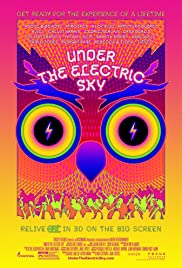
This 3-D film chronicles the love, community, and life of festival-goers during Electric Daisy Carnival Las Vegas, the largest music festival in the U.S. Behind-the-scenes footage and exclusive interviews with Insomniac’s Pasquale Rotella reveal the magic that makes this three-night, 345,000-person event a global phenomenon.
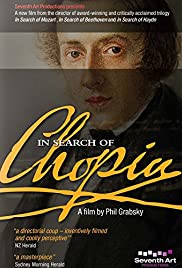
The latest in British documentary filmmaker Phil Grabsky’s In Search Of series, looking at the life of Polish pianist and composer: Frédéric François Chopin, whose grave in Paris remains a place of pilgrimage and whose music continues to sell out concert halls worldwide.
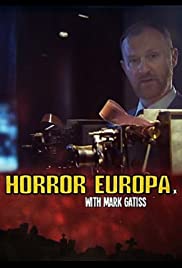
Actor and writer Mark Gatiss embarks on a chilling journey through European horror cinema, from the silent nightmares of German Expressionism in the 1920s to the Belgian lesbian vampires in the 1970s, from the black-gloved killers of Italian bloody giallo cinema to the ghosts of the Spanish Civil War, and finally reveals how Europe’s turbulent 20th century forged its ground-breaking horror tradition.
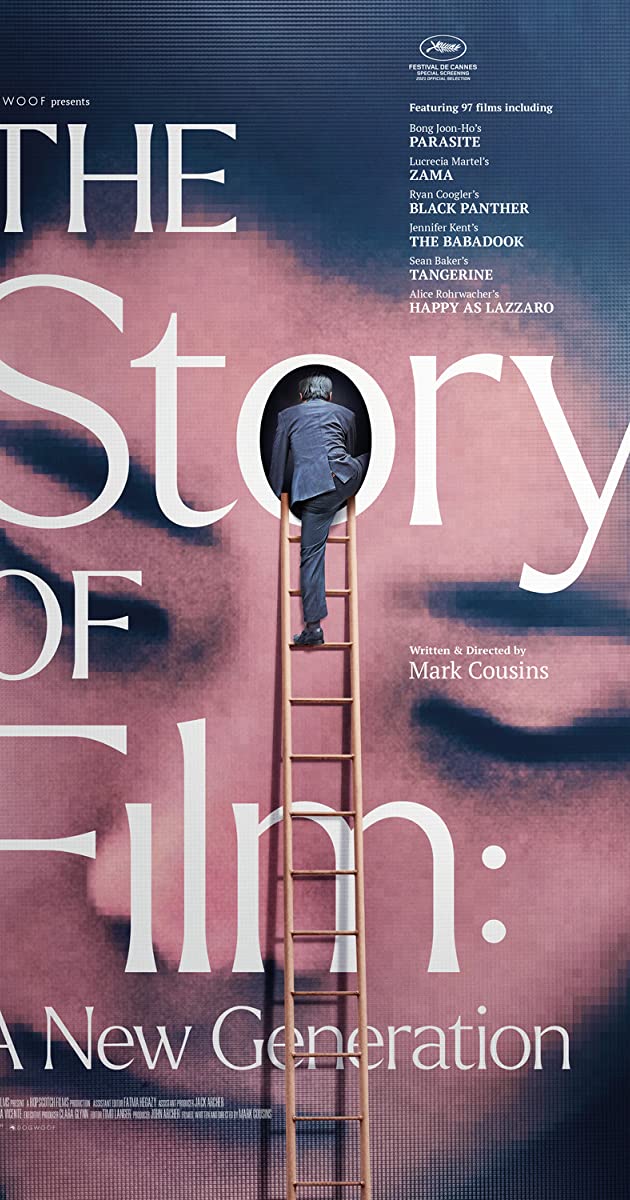
The final chapter of his exceptional 15-part documentary exploring the history of cinema, The Story of Film: An Odyssey. Mark Cousins builds a bridge between the “before” of the health crisis, and the “after”.
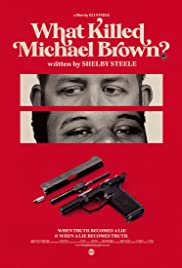
Acclaimed writer, Shelby Steele, has long argued that systemic racism is more a strategy than a truth, and that the universal oppression of black Americans is largely over with. But the 2014 shooting of a black teen, Michael Brown, in Ferguson, Missouri by a white policeman shook the nation to its core. During Steele’s investigation of Ferguson, America was once again rocked by the brutal killing of George Floyd. Didn’t these killings, and the long list of others like them, put the lie to Steele’s argument?

A deceptively simple set-up: the director and his father watch a 1988 football match which the father refereed, their commentary accompanying the original television images in real time. A Bucharest derby between the country’s leading teams, Dinamo and Steaua, taking place in heavy snow, one year before the revolution that toppled Ceaușescu.

We go behind the scenes and into the minds of artists as they capture, commemorate, and, at times, condemn our presidents.

The Mayo Clinic tells the story of a unique medical institution that has been called a “Medical Mecca,” the “Supreme Court of Medicine,” and the “place for hope where there is no hope.” The Mayo Clinic began in 1883 as an unlikely partnership between the Sisters of Saint Francis and a country doctor named William Worrall Mayo after a devastating tornado in rural Minnesota. Since then, it has grown into an organization that treats more than a million patients a year from all 50 states and 150 countries. Dr. Mayo had a simple philosophy he imparted to his sons Will and Charlie: “the needs of the patient come first.” They wouldn’t treat diseases…they would treat people. In a world where healthcare delivery is typically fragmented among individual specialties, the Mayo Clinic practices a multi-specialty, team-based approach that has, from its beginnings, created a culture that thrives on collaboration.

In 2015, the WHO listed one of the additives in processed meats as carcinogenic. That same additive was nearly banned in America in the 1970s – until lobbying from the meat industry discredited the scientists. At the heart of this strategy are the scientists who collaborate with the meat industry and who receive generous compensation for studies that promote meat consumption.

Artist Constantine Gras filmed inside Grenfell in the years leading up to the devastating fire, creating a powerful record of the residents’ safety concerns as they struggled to be heard.